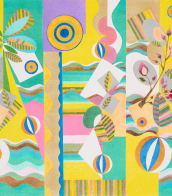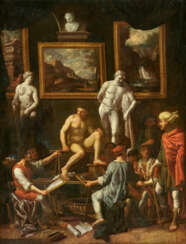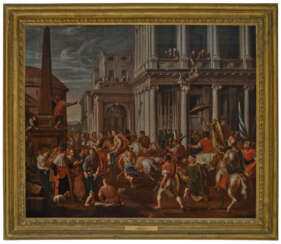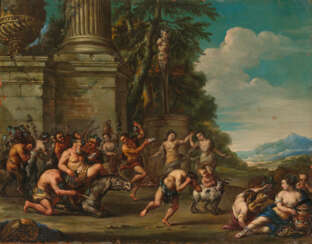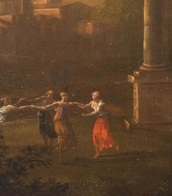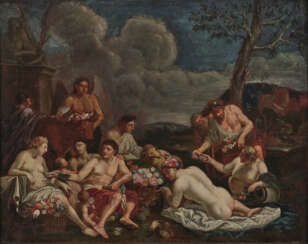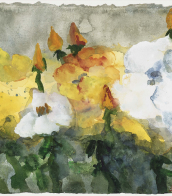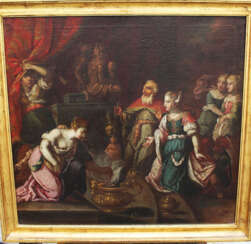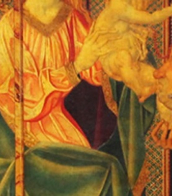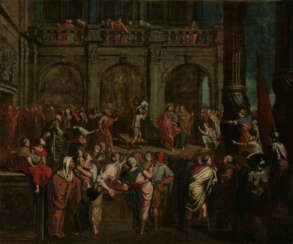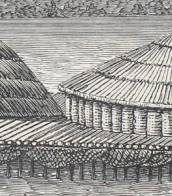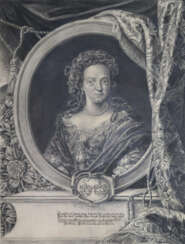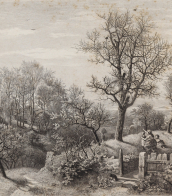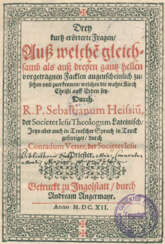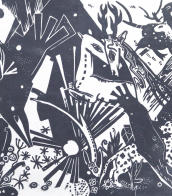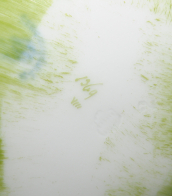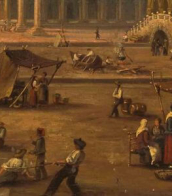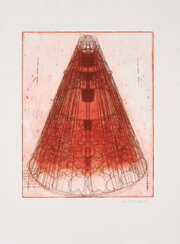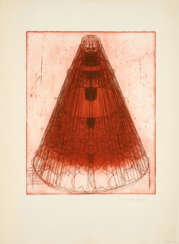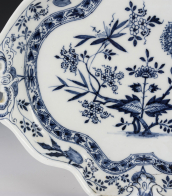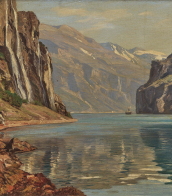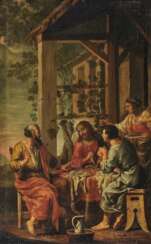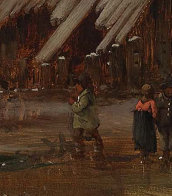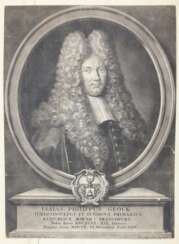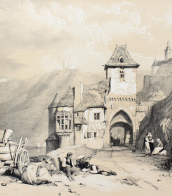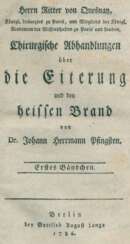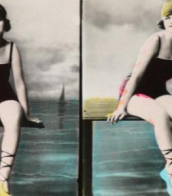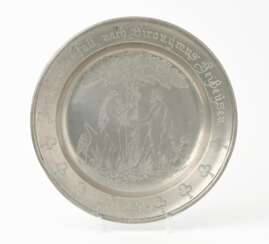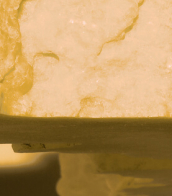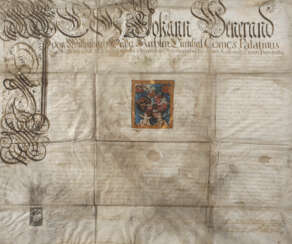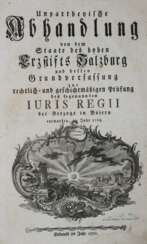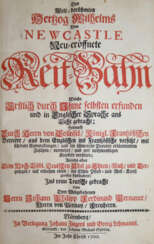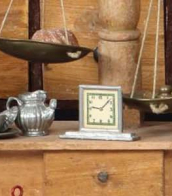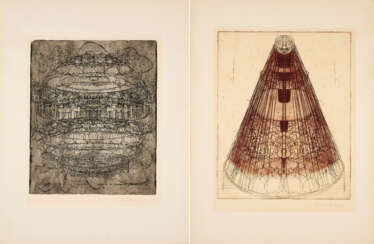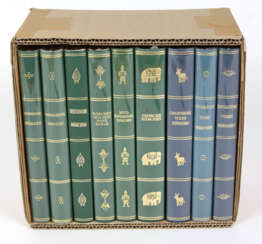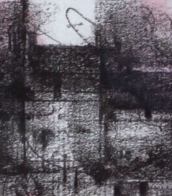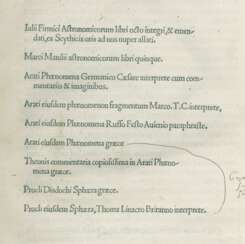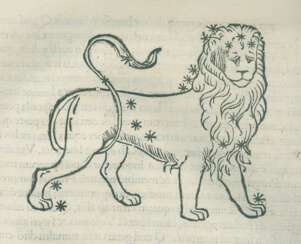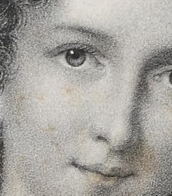johann heiss
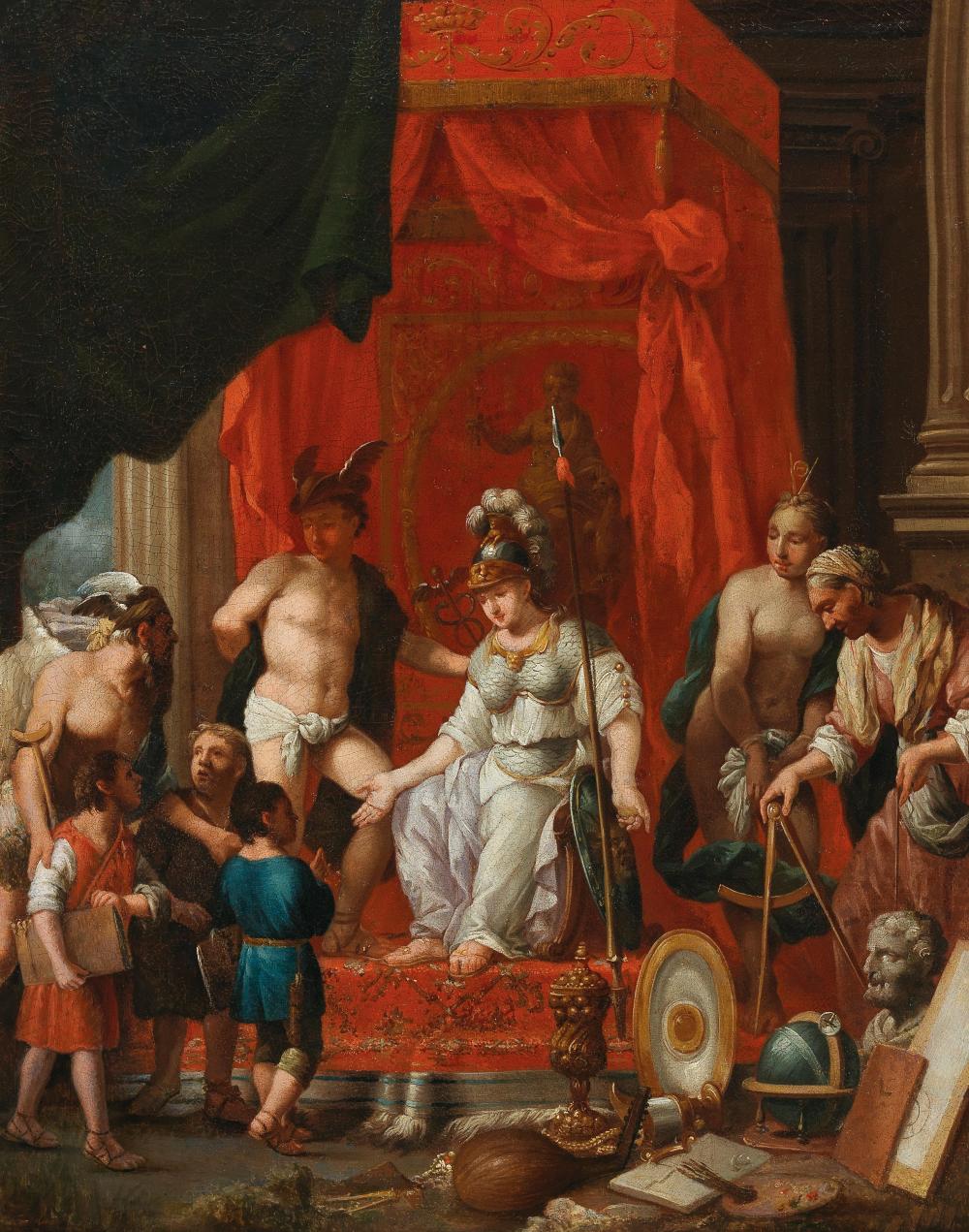
Johann Heiss was a German painter of the Baroque period.
Johann studied painting in Memmingen, went to Stuttgart in 1663 and was in the service of Eberhard III, Duke of Württemberg. In 1675, the art historian Joachim von Zandrart praised his work in his book The German Academy. After 1677, Heiss lived and worked in Augsburg. Johann Heiss painted pictures on historical, biblical and mythological subjects, worked in churches and monasteries, creating frescoes and allegorical themes.
Heiss's work can be seen in museums throughout Germany, as well as in the Louvre, the Kunsthistorisches Museum (Vienna), the Hermitage Museum, and the Milwaukee Art Museum.


Johann Heiss was a German painter of the Baroque period.
Johann studied painting in Memmingen, went to Stuttgart in 1663 and was in the service of Eberhard III, Duke of Württemberg. In 1675, the art historian Joachim von Zandrart praised his work in his book The German Academy. After 1677, Heiss lived and worked in Augsburg. Johann Heiss painted pictures on historical, biblical and mythological subjects, worked in churches and monasteries, creating frescoes and allegorical themes.
Heiss's work can be seen in museums throughout Germany, as well as in the Louvre, the Kunsthistorisches Museum (Vienna), the Hermitage Museum, and the Milwaukee Art Museum.
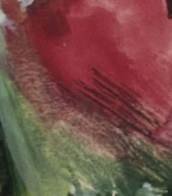

Johann Heiss was a German painter of the Baroque period.
Johann studied painting in Memmingen, went to Stuttgart in 1663 and was in the service of Eberhard III, Duke of Württemberg. In 1675, the art historian Joachim von Zandrart praised his work in his book The German Academy. After 1677, Heiss lived and worked in Augsburg. Johann Heiss painted pictures on historical, biblical and mythological subjects, worked in churches and monasteries, creating frescoes and allegorical themes.
Heiss's work can be seen in museums throughout Germany, as well as in the Louvre, the Kunsthistorisches Museum (Vienna), the Hermitage Museum, and the Milwaukee Art Museum.
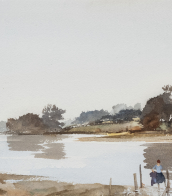

Johann Heiss was a German painter of the Baroque period.
Johann studied painting in Memmingen, went to Stuttgart in 1663 and was in the service of Eberhard III, Duke of Württemberg. In 1675, the art historian Joachim von Zandrart praised his work in his book The German Academy. After 1677, Heiss lived and worked in Augsburg. Johann Heiss painted pictures on historical, biblical and mythological subjects, worked in churches and monasteries, creating frescoes and allegorical themes.
Heiss's work can be seen in museums throughout Germany, as well as in the Louvre, the Kunsthistorisches Museum (Vienna), the Hermitage Museum, and the Milwaukee Art Museum.
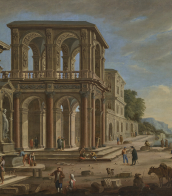

Johann Heiss was a German painter of the Baroque period.
Johann studied painting in Memmingen, went to Stuttgart in 1663 and was in the service of Eberhard III, Duke of Württemberg. In 1675, the art historian Joachim von Zandrart praised his work in his book The German Academy. After 1677, Heiss lived and worked in Augsburg. Johann Heiss painted pictures on historical, biblical and mythological subjects, worked in churches and monasteries, creating frescoes and allegorical themes.
Heiss's work can be seen in museums throughout Germany, as well as in the Louvre, the Kunsthistorisches Museum (Vienna), the Hermitage Museum, and the Milwaukee Art Museum.
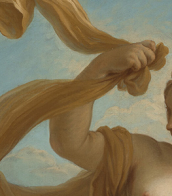

Johann Heiss was a German painter of the Baroque period.
Johann studied painting in Memmingen, went to Stuttgart in 1663 and was in the service of Eberhard III, Duke of Württemberg. In 1675, the art historian Joachim von Zandrart praised his work in his book The German Academy. After 1677, Heiss lived and worked in Augsburg. Johann Heiss painted pictures on historical, biblical and mythological subjects, worked in churches and monasteries, creating frescoes and allegorical themes.
Heiss's work can be seen in museums throughout Germany, as well as in the Louvre, the Kunsthistorisches Museum (Vienna), the Hermitage Museum, and the Milwaukee Art Museum.
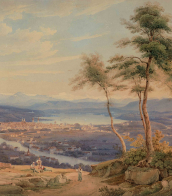
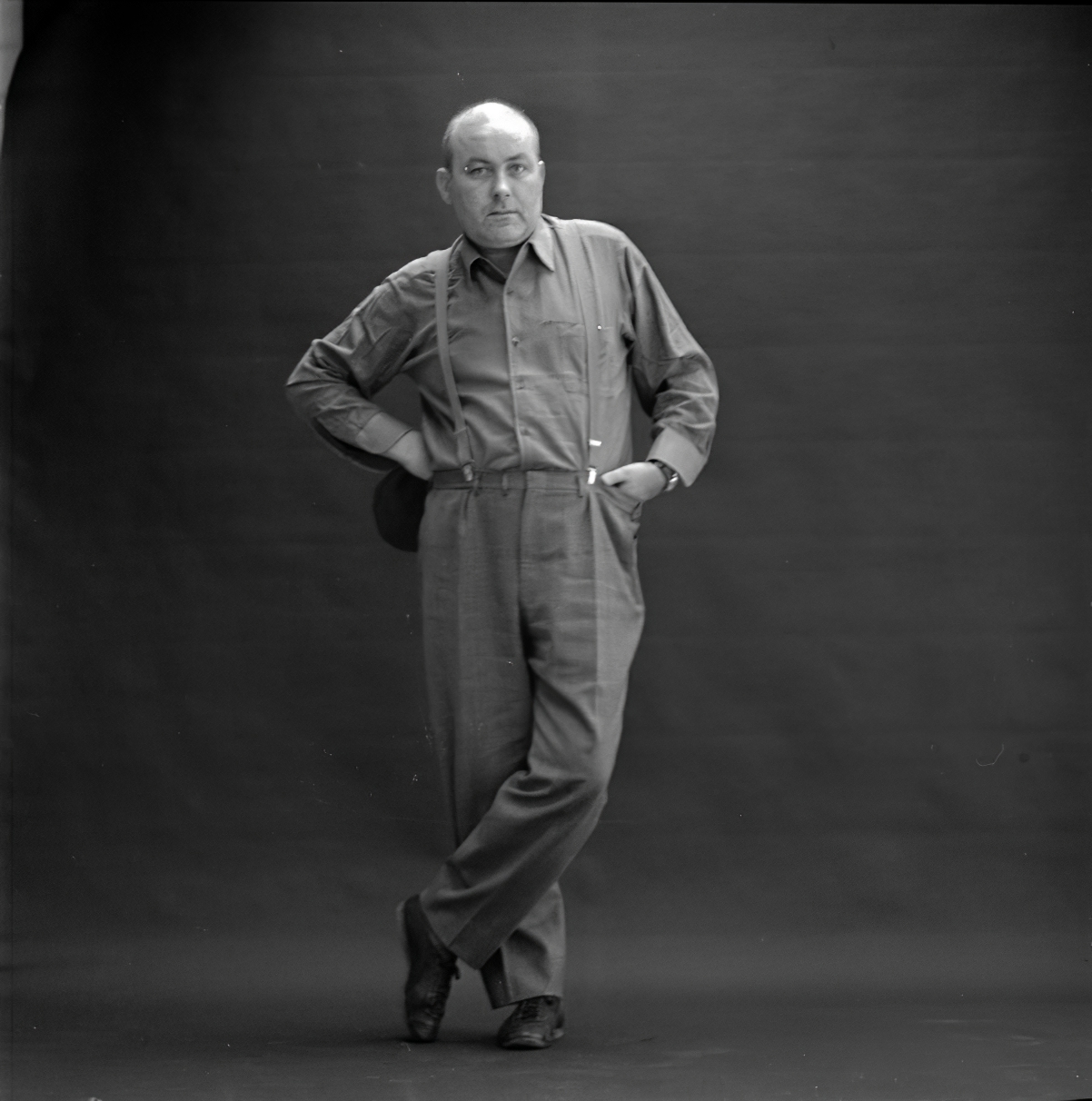
Karl-Dietrich Roth was a Swiss artist best known for his artist's books, editioned prints, sculptures, and works made of found materials, including rotting food stuffs.
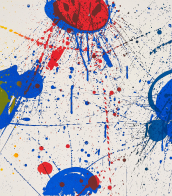

Karl-Dietrich Roth was a Swiss artist best known for his artist's books, editioned prints, sculptures, and works made of found materials, including rotting food stuffs.
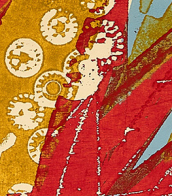

Karl-Dietrich Roth was a Swiss artist best known for his artist's books, editioned prints, sculptures, and works made of found materials, including rotting food stuffs.
